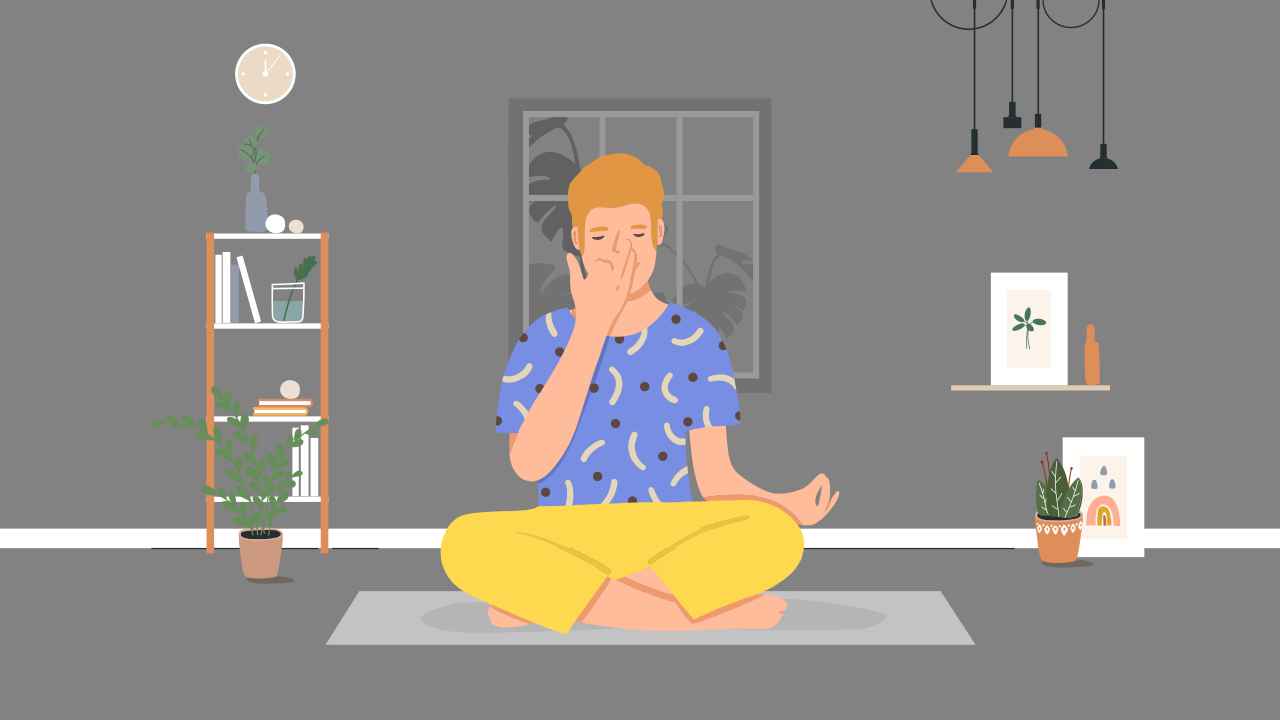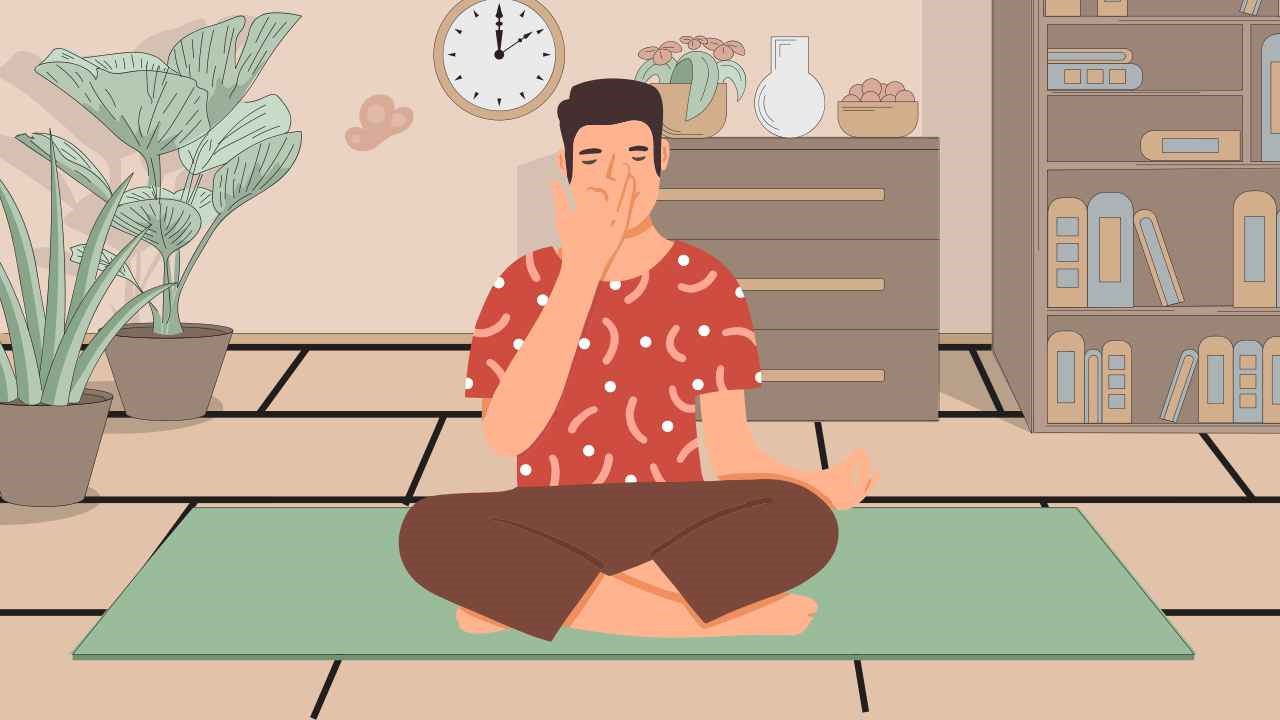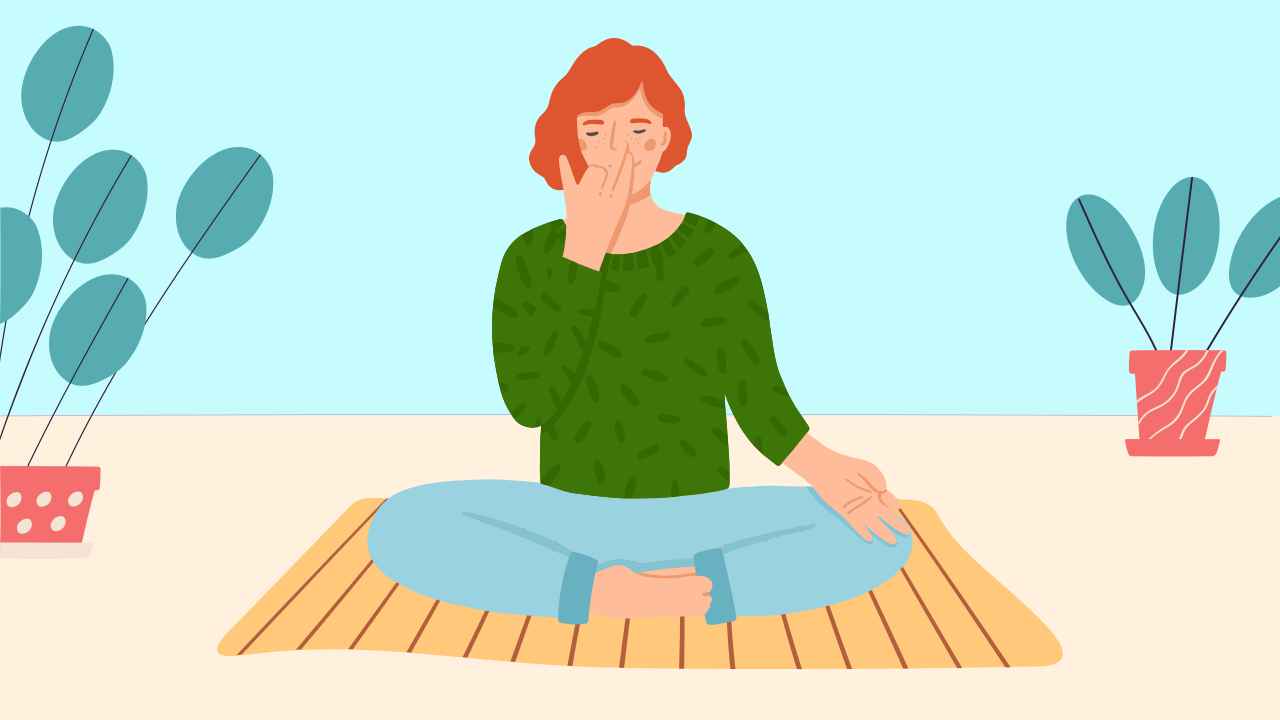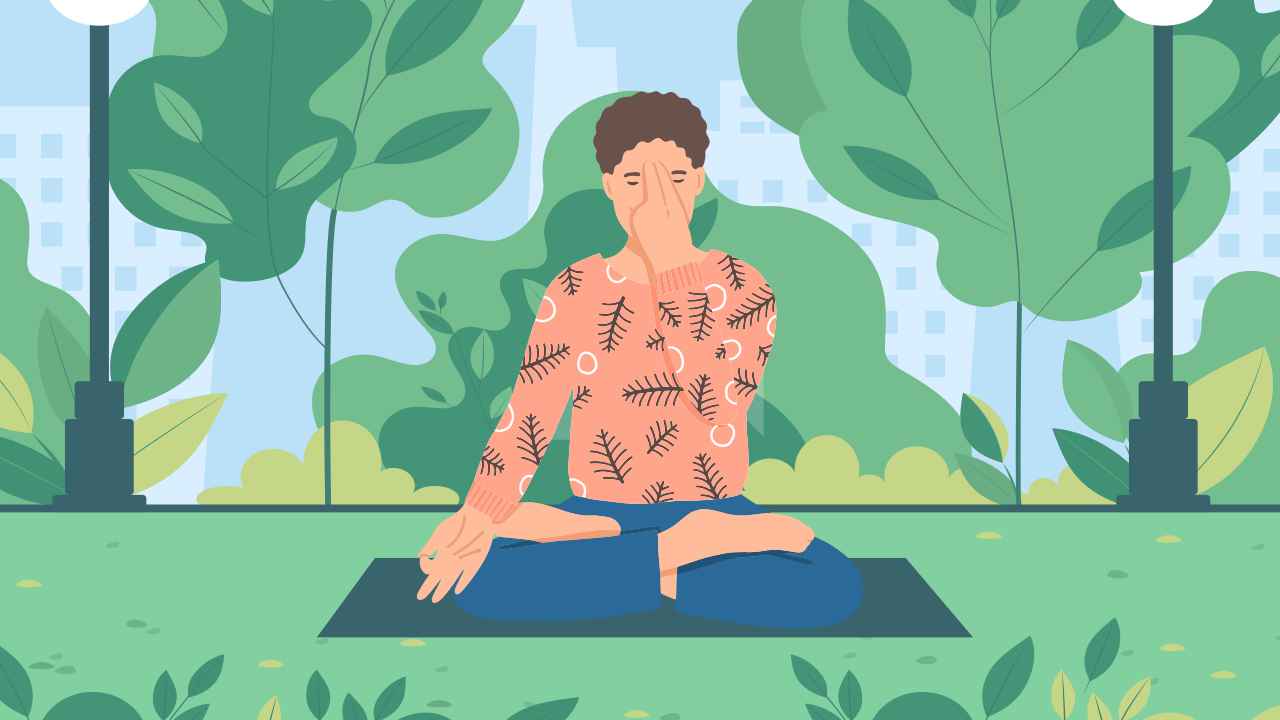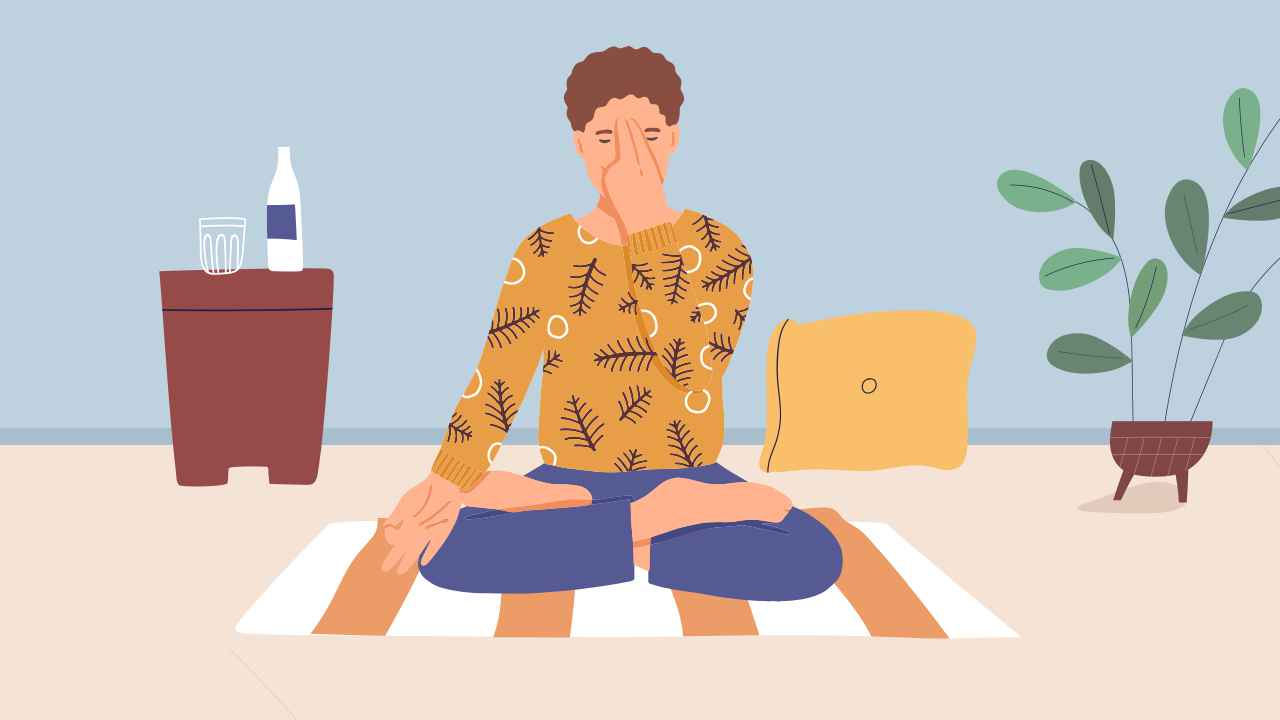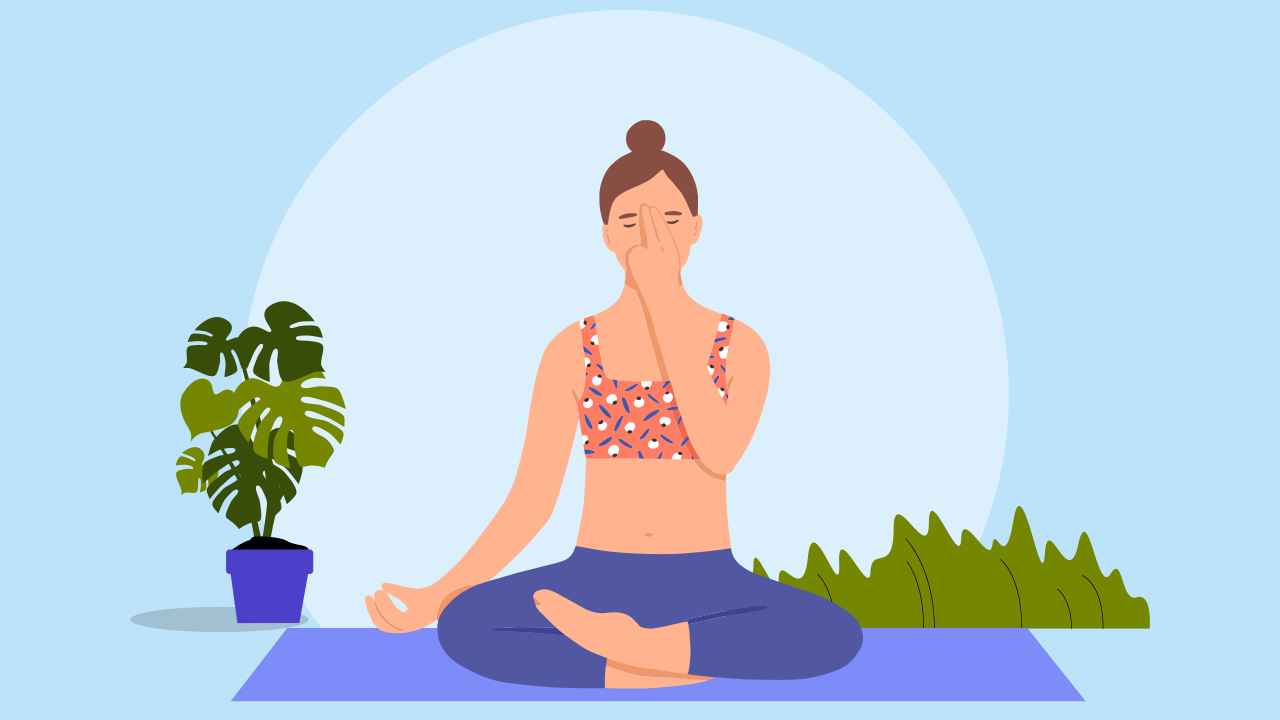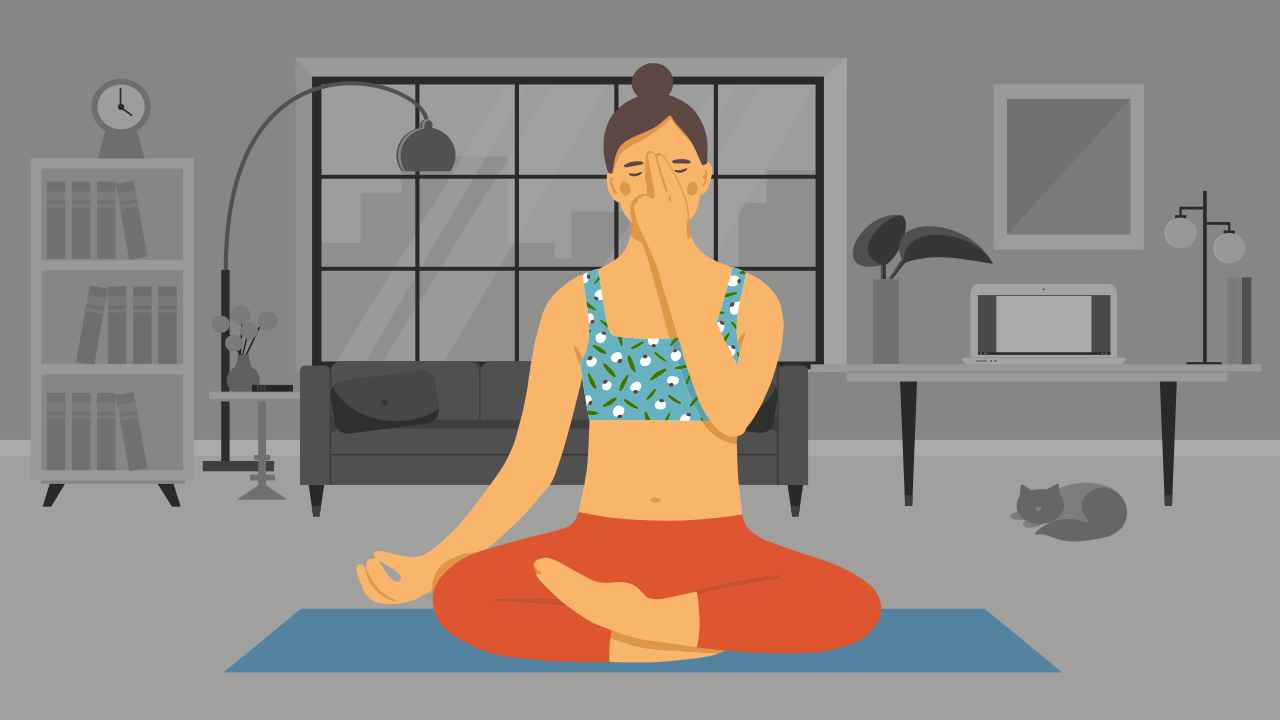
Meditation for Beginners: A Step-by-step Guide
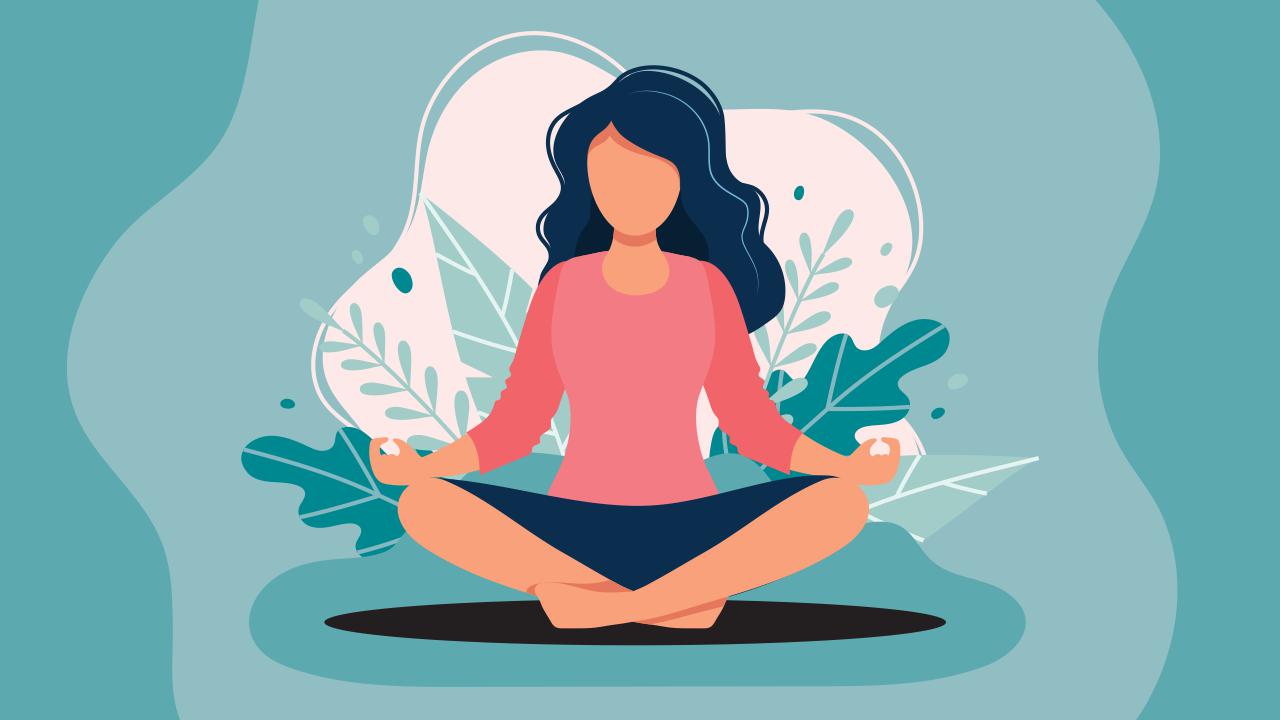
Meditation relaxes and rejuvenates the mind by improving focus and concentration. A daily practice of meditation may make you feel more at peace and brings the inner strength to face life’s challenges. But, for beginners, a regular meditation practice can seem intimidating. Here are a few pointers that might help.
Find a quaint corner
You don’t need a personal studio or even an entire room for your meditation practice. Any undisturbed corner of your house can work well. Pick a quiet and comfortable place with pleasant surroundings for a calming experience.
Get comfortable in your seat
You don’t have to sit cross-legged to meditate if you are not comfortable. You can sit in any posture, which you find comfortable for a long time. Prop yourself up on pillows or roll some blankets under your feet if that helps. The only thing to remember is that you need to keep the spine erect.
Do it daily, even if it’s for a minute
Committing to practice is really all it takes to see the desired results. Yogis swear by practicing at the same time and same place, day in and day out. But it doesn’t really matter when or where you do it. Simply take a few minutes out of your schedule and do it regularly.
Do not think about the hows
If you are too focused on wondering if you are sitting in the right posture or following the right technique, or if your breathing flow is correct — you are reverse meditating. The idea is to just do it without plunging into the mechanics of it.
Just stay with your breath
Most of us think that meditating is about being without thought or being completely still. Your brain is constantly working and it’s difficult to get a moment’s break. It’s natural for your mind to wander. Do not try to fight it, but simply focus on bringing your attention back to your breath. This will help you stay aware of your thoughts without getting attached to them.
There is no wrong
Meditation is a process of gaining self-awareness. It is a mental exercise, which makes you more aware of your thoughts and emotions. Do not try to stop, control, or regulate your thoughts — that can be quite frustrating. There is no perfect way to meditate. And if you are still figuring out what it is that you are supposed to do, try this out:

Count your breath backwards
Sit erect and begin counting your inhalations and exhalations backward, starting from 20 and eventually building up to 100 or even 500. This is an easy yet effective way to center yourself for a short practice.
Give thanks to the world
Meditation is all about mindfulness and inner awareness. Listing out things that you have and are grateful for, will help you focus your attention on life’s positives.
Observe your thoughts
Imagine you are sitting on the bench of a park and all your thoughts and feelings pass by. Let them arise naturally and disappear inevitably, without getting too attached or involved in the process.
Focus on sensations
Focus on different sounds and sensations — the birds chirping, the cool breeze, the scent of fresh grass. Keep your attention moving from one sensory impulse to another. This develops the attitude of letting go and creates a sense of detachment.
Also read: How Does Yoga Help in Stress Relief
Meditation is the art of looking within to create a core of stillness and mental wellness. It helps relieve stress and prepares you to handle problems in a calmer manner. It’s an arsenal much needed in this day and age, so begin meditating today.


